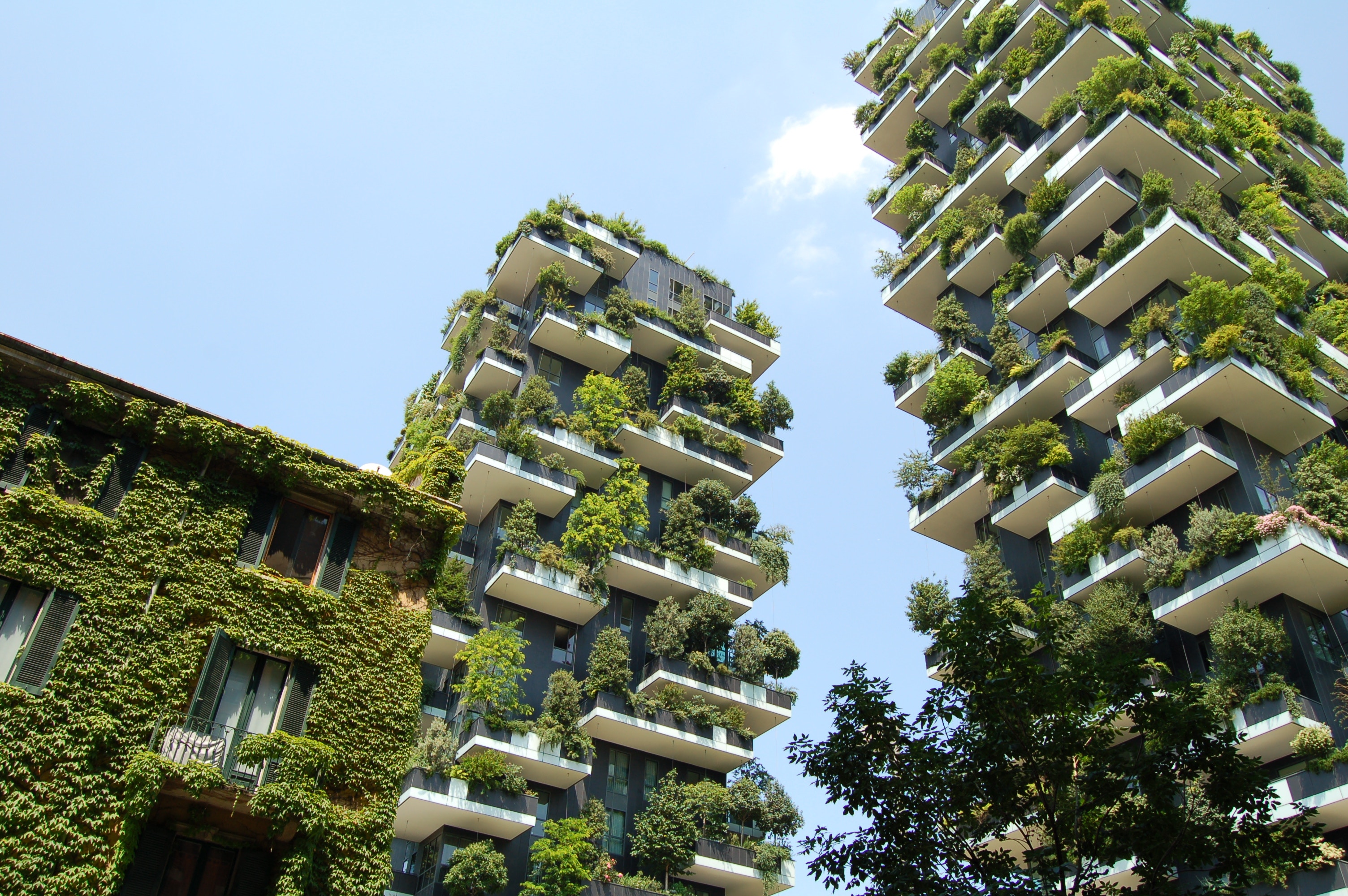6 min read
Passive House Retrofit
What is a Passive House Retrofit?
Passive House retrofit is the process of upgrading an existing...

Embodied carbon refers to the carbon emissions released throughout the entire process of constructing a building. This includes the extraction of raw materials, the manufacturing and refining of materials, transportation, installation, and even the disposal of old supplies. All of these stages contribute to the production of embodied carbon emissions.
As outlined by the NSW SEPP all new residential and non-residential applicants from 1 October 2023 will be required to disclose the quantities of materials and associated embodied emissions when applying for a development application and a construction certificate.

The NSW government's State Environment Planning Policy (Sustainable Building SEPP) 2022 SE SEPP introduced embodied emissions measures and reporting for all types and associated materials.
NABERS Embodied Emissions Tool will be the required format for non-residential developments before mid-2024. Between October 2023 and mid-2024, the interim instrument is the NABERS Embodied Emission Material Form.
The Embodied Emission Material form captures the breakdown of proposed material used in non-residential developments. It makes a comparison of potential carbon emissions between proposed buildings on a similar scale if possible. The Embodied Emission Material form could also serve as a baseline for selecting lower carbon-intensive materials from its comprehensive list of materials.
Accredited NABERS Assessors audit the architectural and engineering documentation package and extract quantities of materials. This is then curated and entered into the Embodied Emission Material form. The proposed building is broken down into the following four categories:
1. Structure
2. Envelop
3. Permanent internal walls and doors
4. Services
5. External works
Whenever possible, the direct cost of material to construct the building. and permanent elements of the proposed building will be recorded. Labour or equipments should not be accounted for.
The catchment for materials recorded should cover at least 80% of the total bill of materials.
Below is a Step by Step Slides illustration of how embodied energy of materials are quantified and reported in Worksheet 2 of the Embodied Emissions Materials Form.
An Embodied Emissions Report outlines the quantities of key materials and associated embodied emissions throughout the entire process of constructing a building.
As of 1 October 2023, all new residential and all non-residential developments are required to submit an Embodied Emissions Report at the Development application and Construction Certificate stages.
The cost of an embodied emissions report can range between 2-4.5k depending on the size of your project.
For residential developments, a new Material Index was introduced by the State in the Building Sustainability Index (BASIX) to calculate and report the embodied emissions of construction materials in new developments.
For all non-residential developments, a NABERS Embodied Emissions Material Form must be completed, with material quantities (and later embodied emissions) to be calculated at the development application stage and again at the construction certificate stage. The form is an interim reporting tool until the NABERS Embodied Emissions Framework and related online tools are released in mid-2024.
What is a Passive House Retrofit?
Passive House retrofit is the process of upgrading an existing...
This article is a beginners guide to Thermal Performance Assessments. So if you need to know "What...
Prior to commencing most types of developments in NSW, you will have to lodge a Development...
Your personal ESD technician provides the best advice specific to your project. Committed to finding solutions that are the right fit for your needs so you can focus your energy on the other important stuff in your project.


Green, red, and once even bright pink, we have worked on projects from all walks of life in every State and Territory around Australia. Certified Energy has a portfolio of over 5000 EER projects, with each a bit of energy saved and a positive environmental outcome for us all.
Certified Energy's team of accredited assessors are highly trained and have many years of experience.
FOR IMMEDIATE RELEASE
Sydney, 11 March 2025
Certified Energy is pleased to announce our...